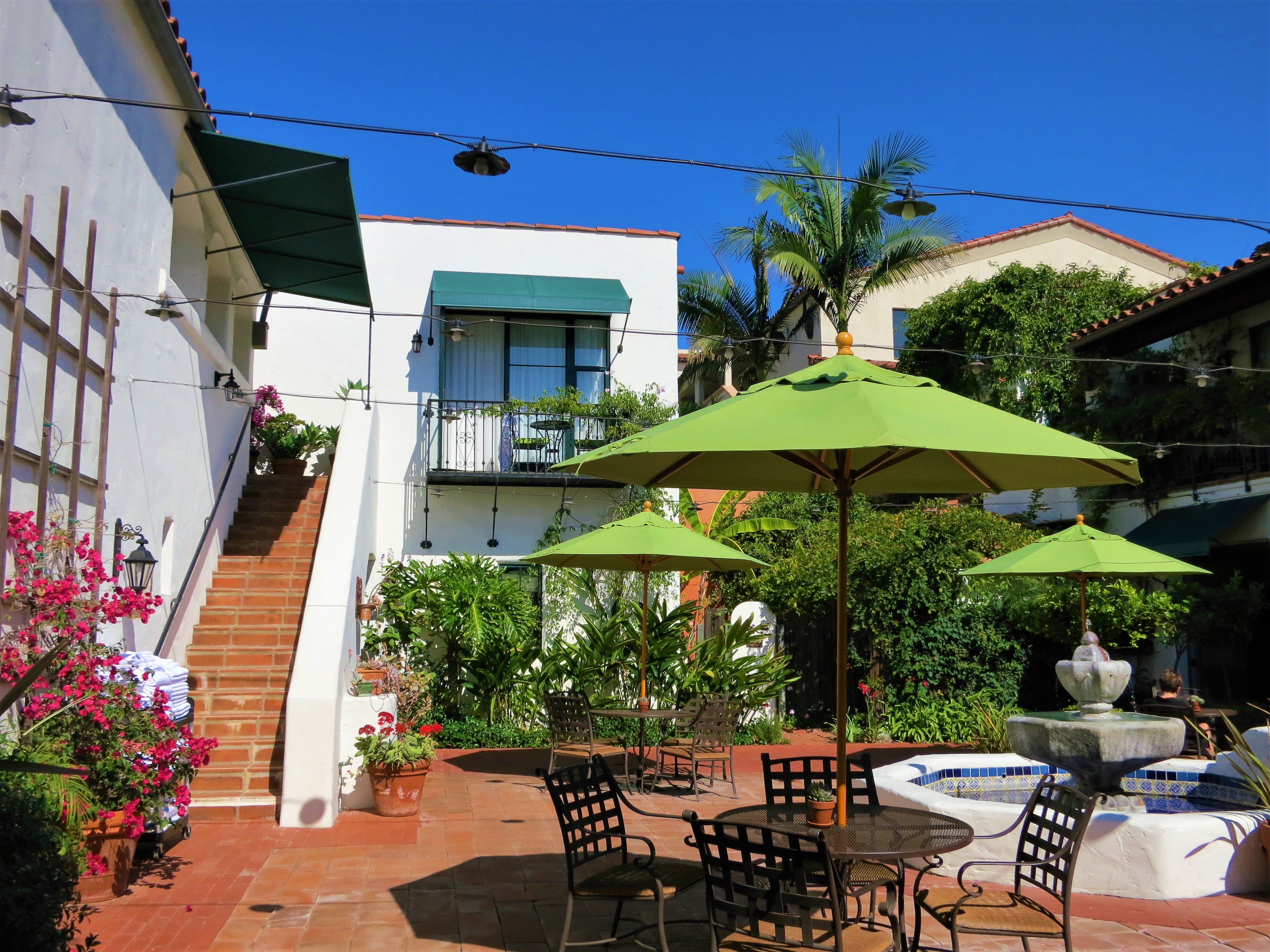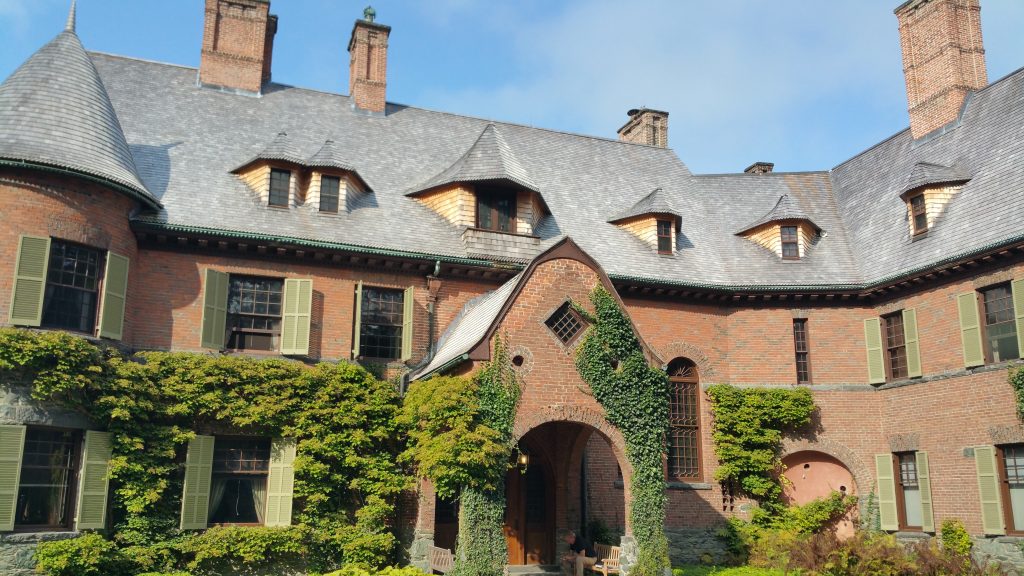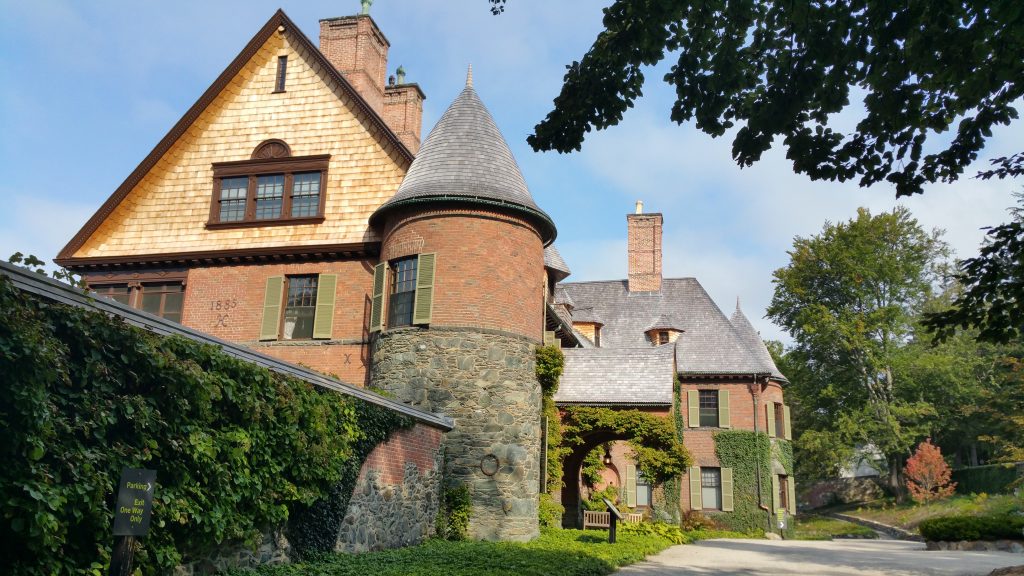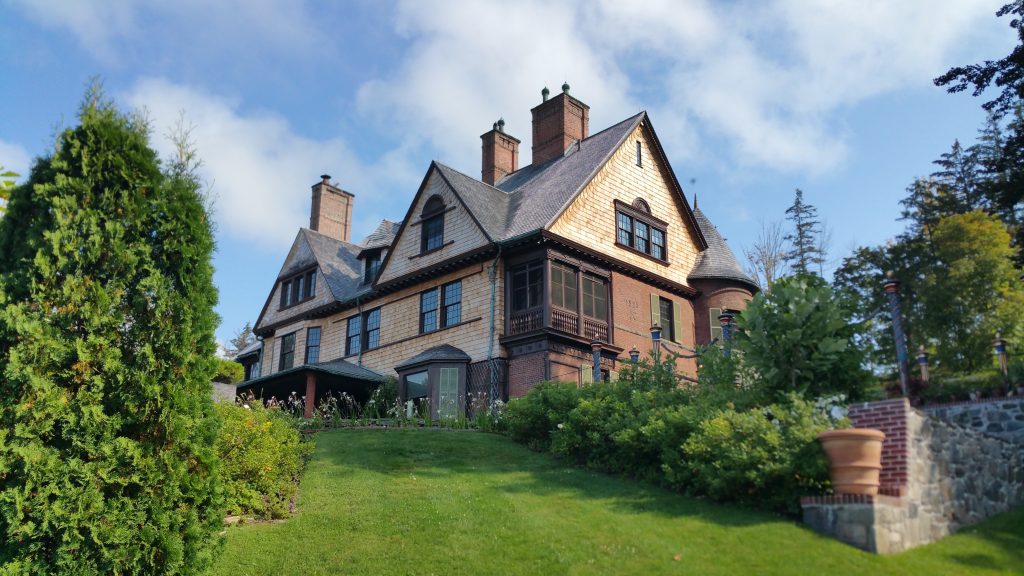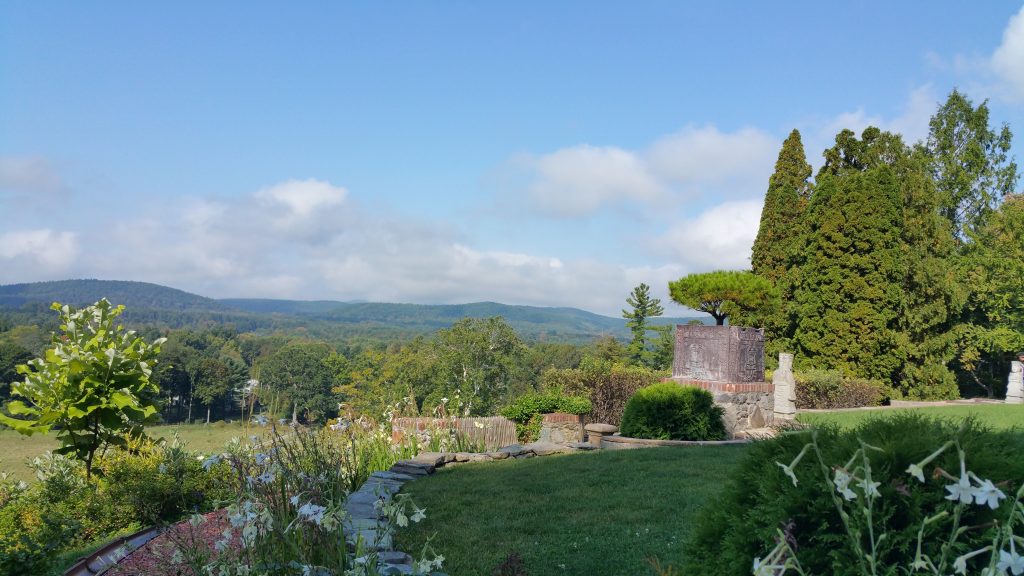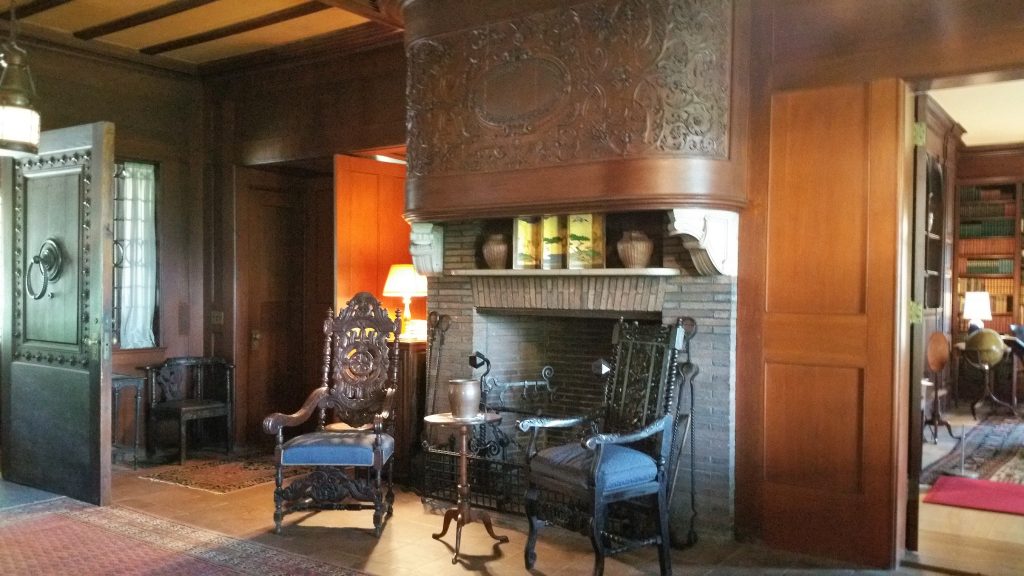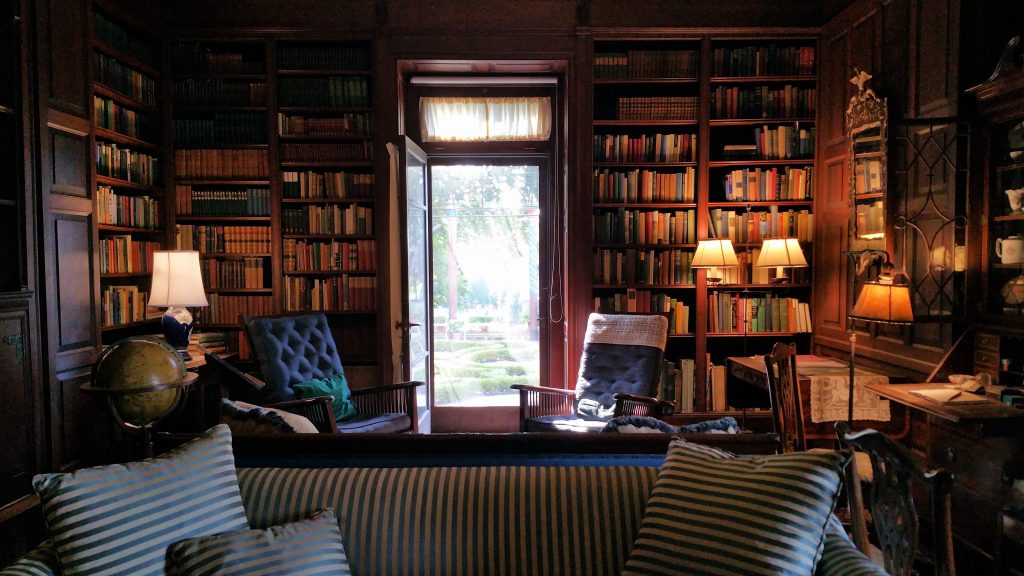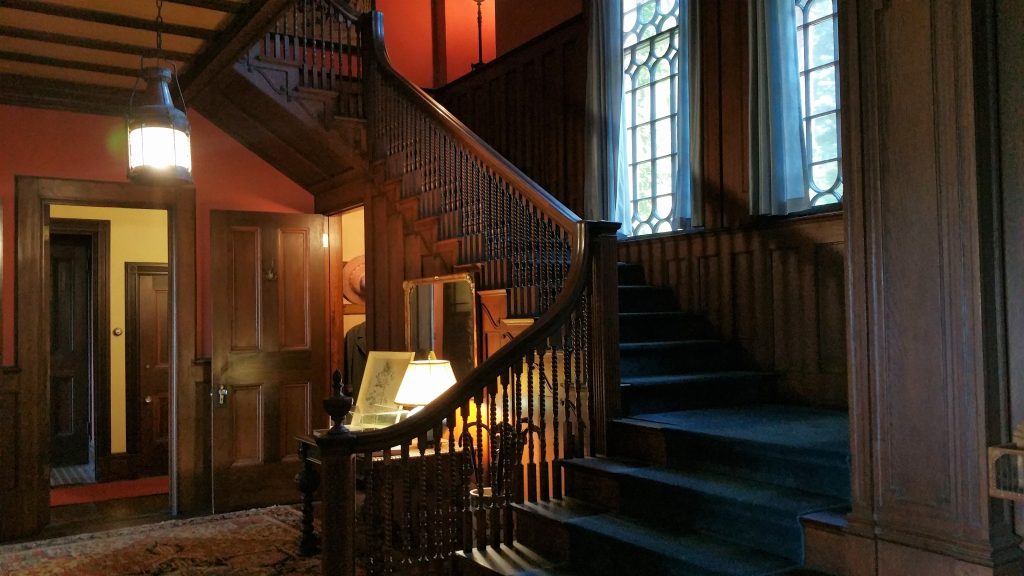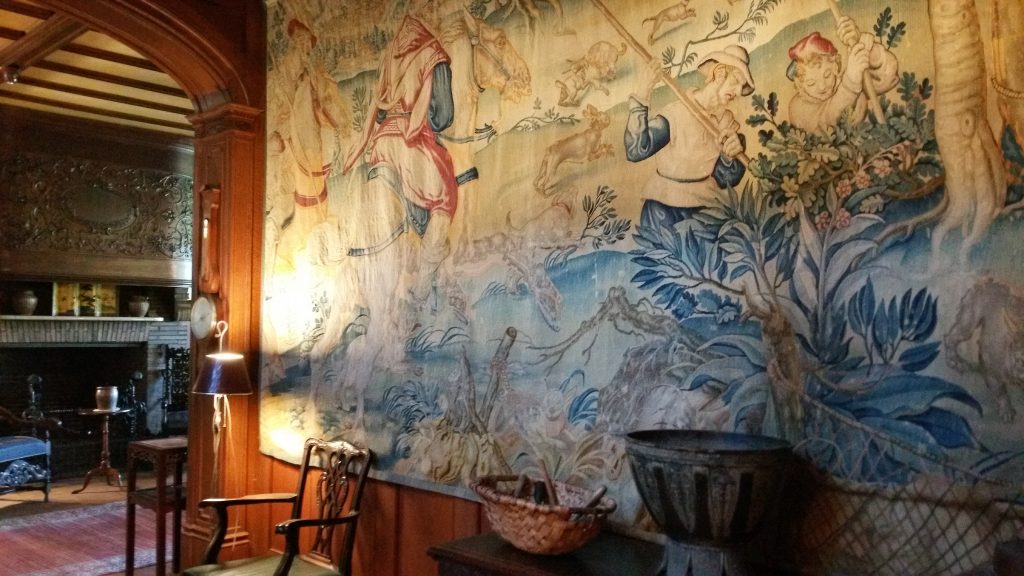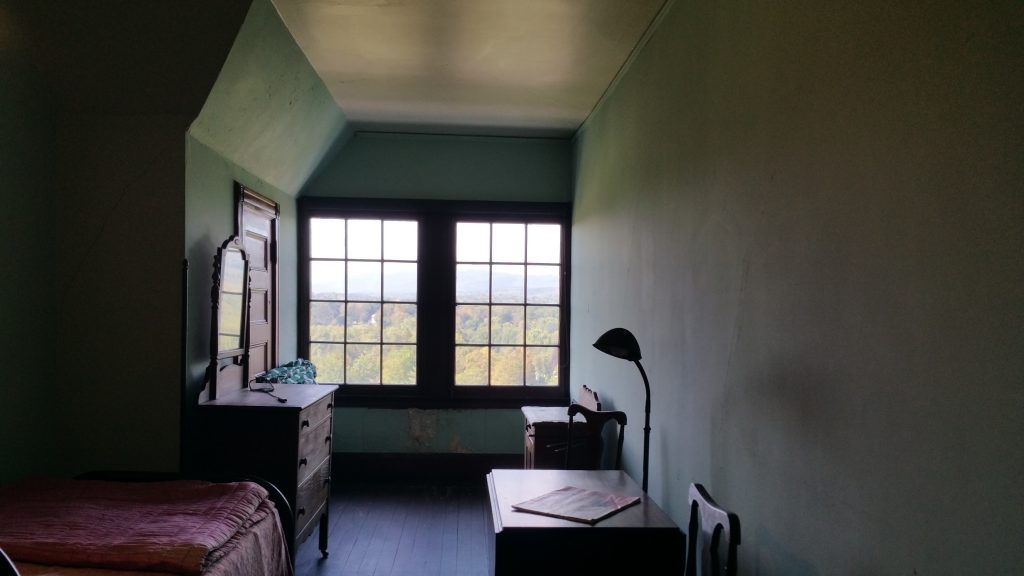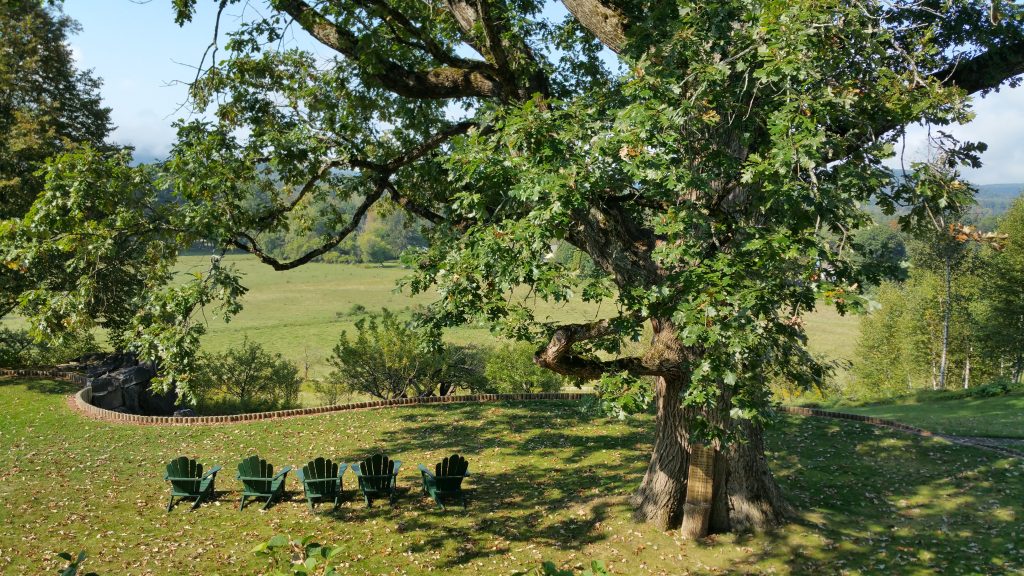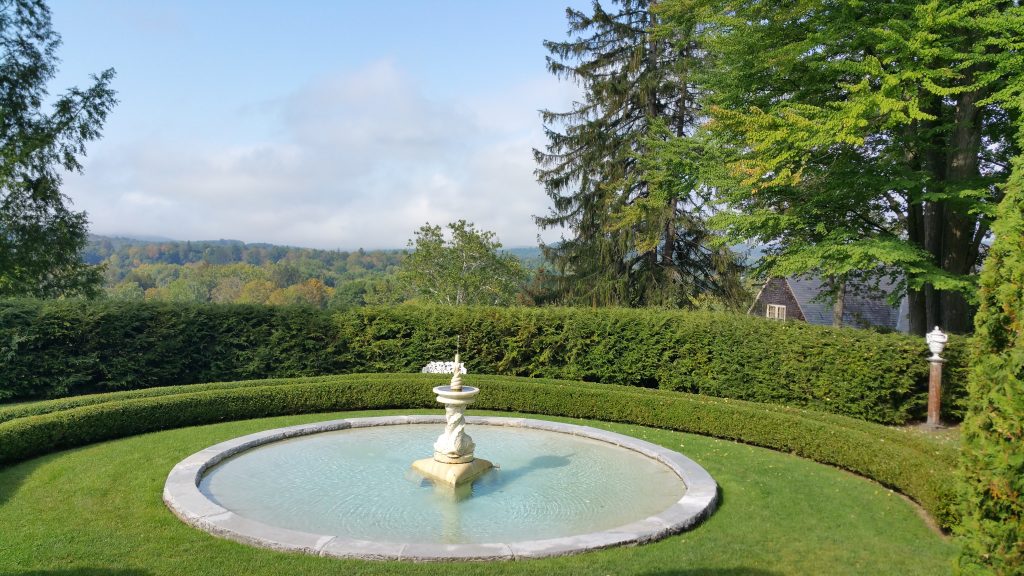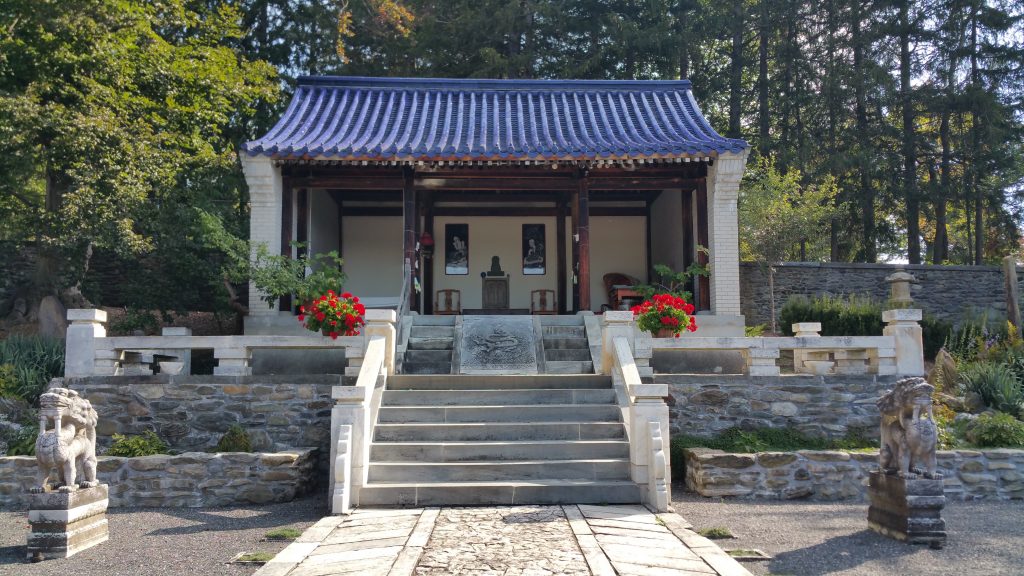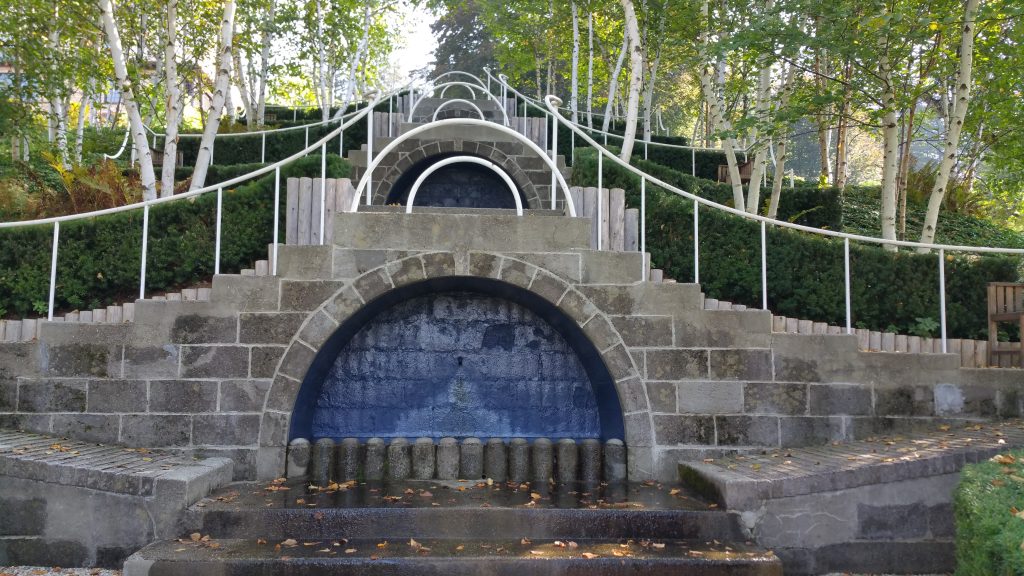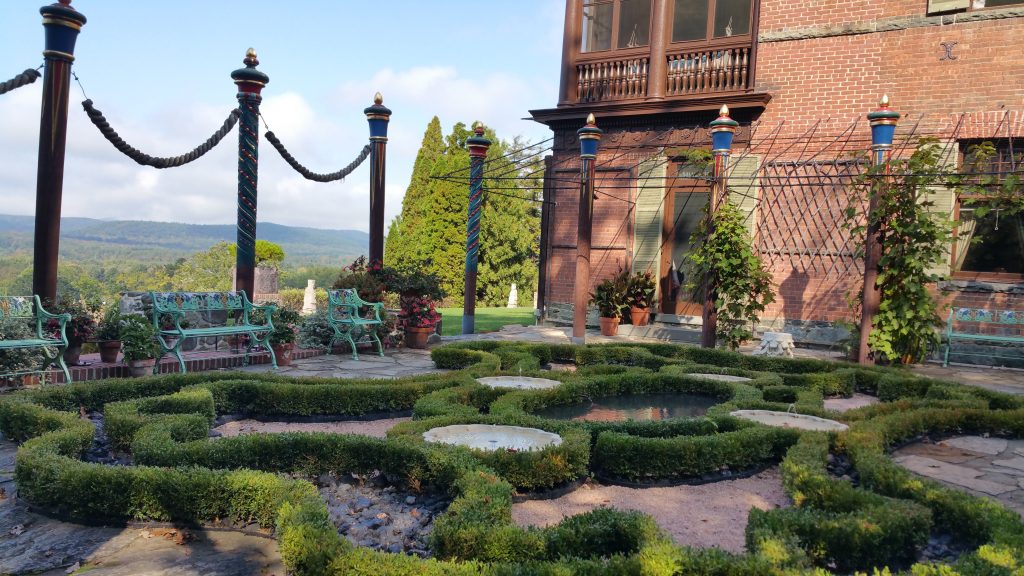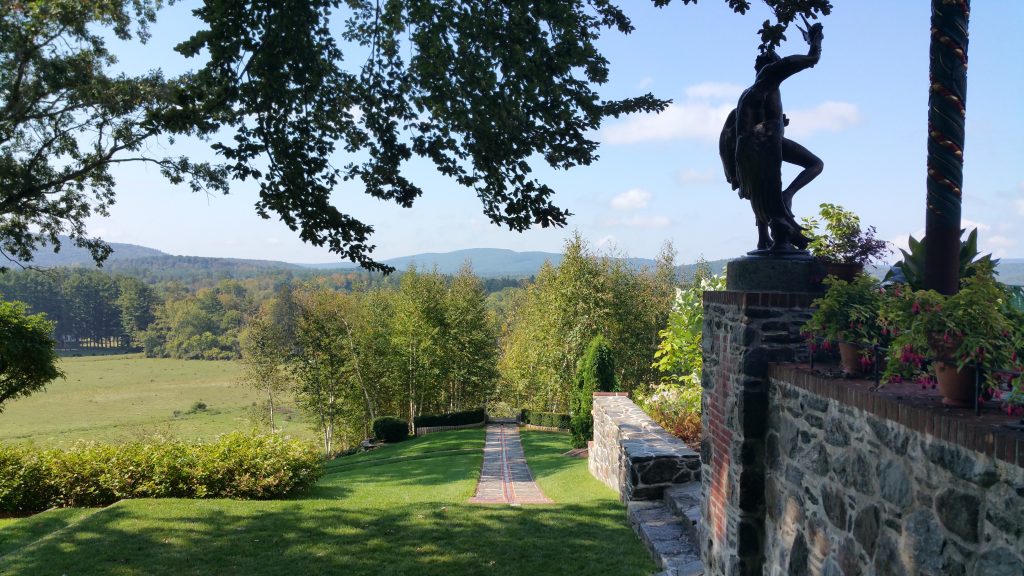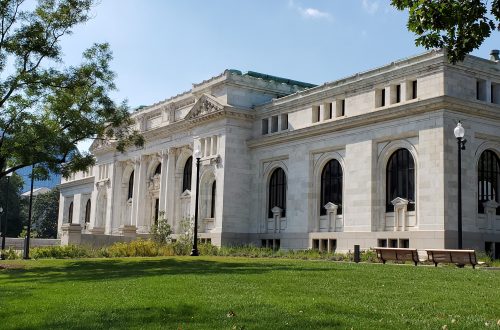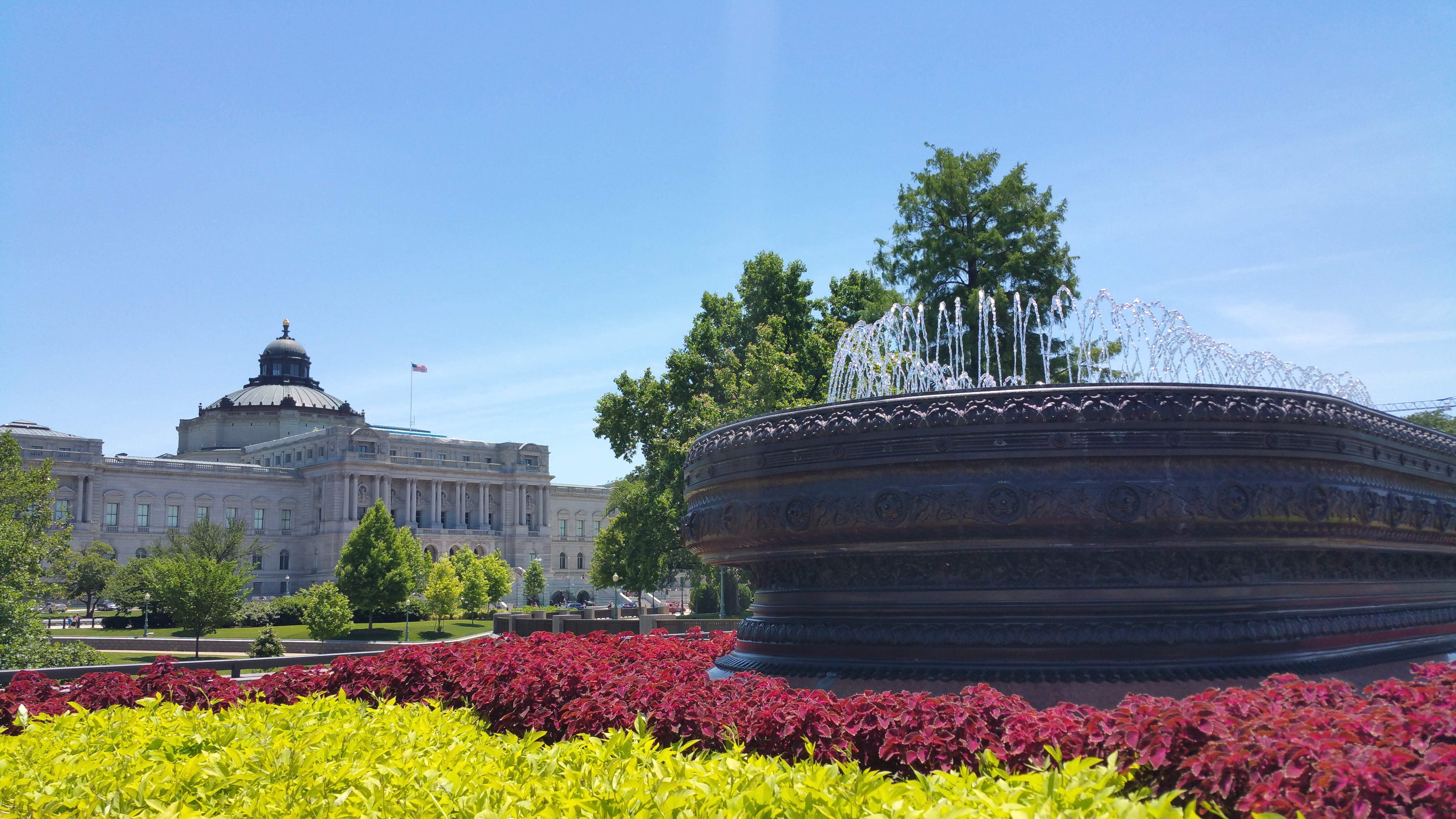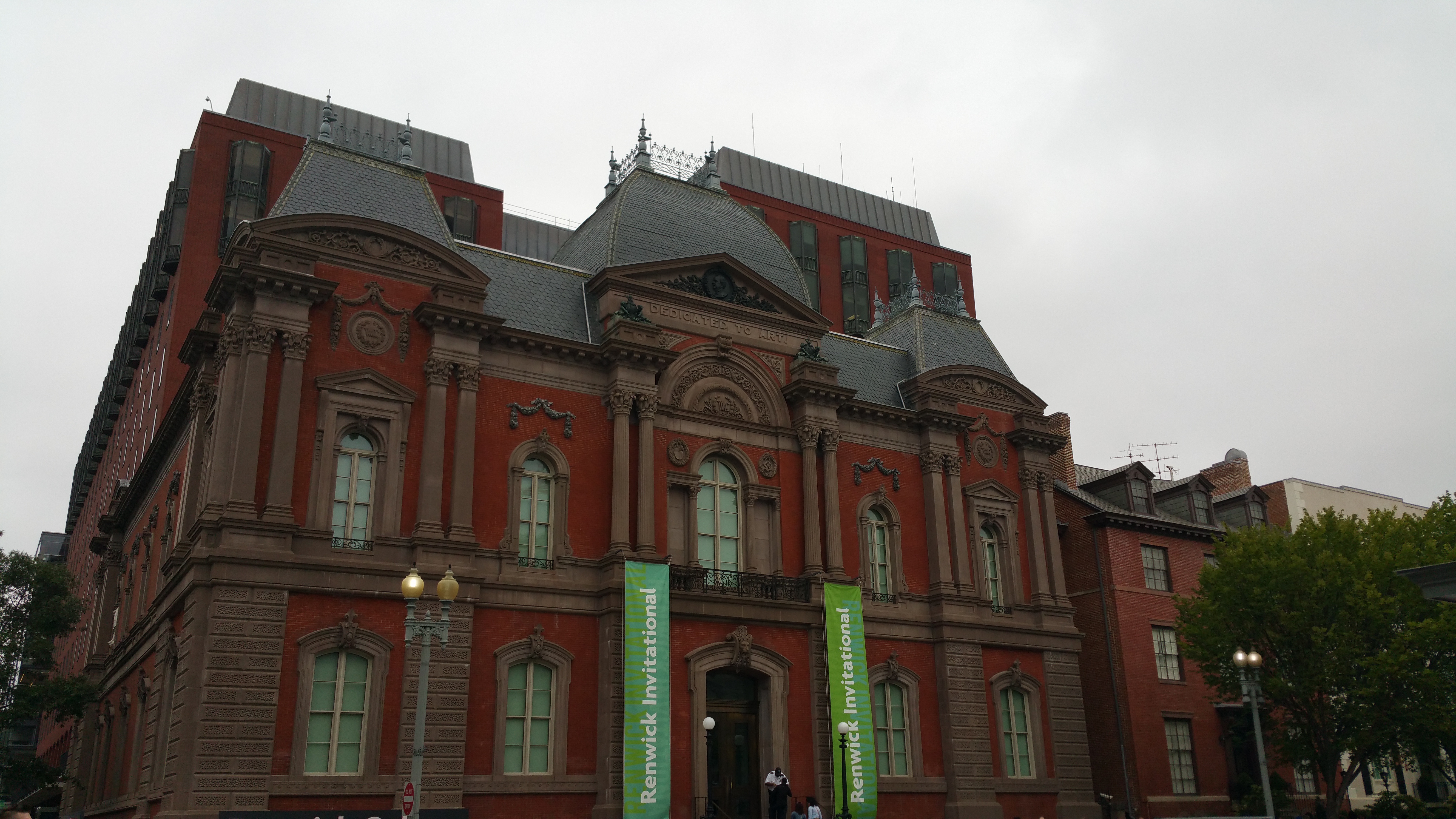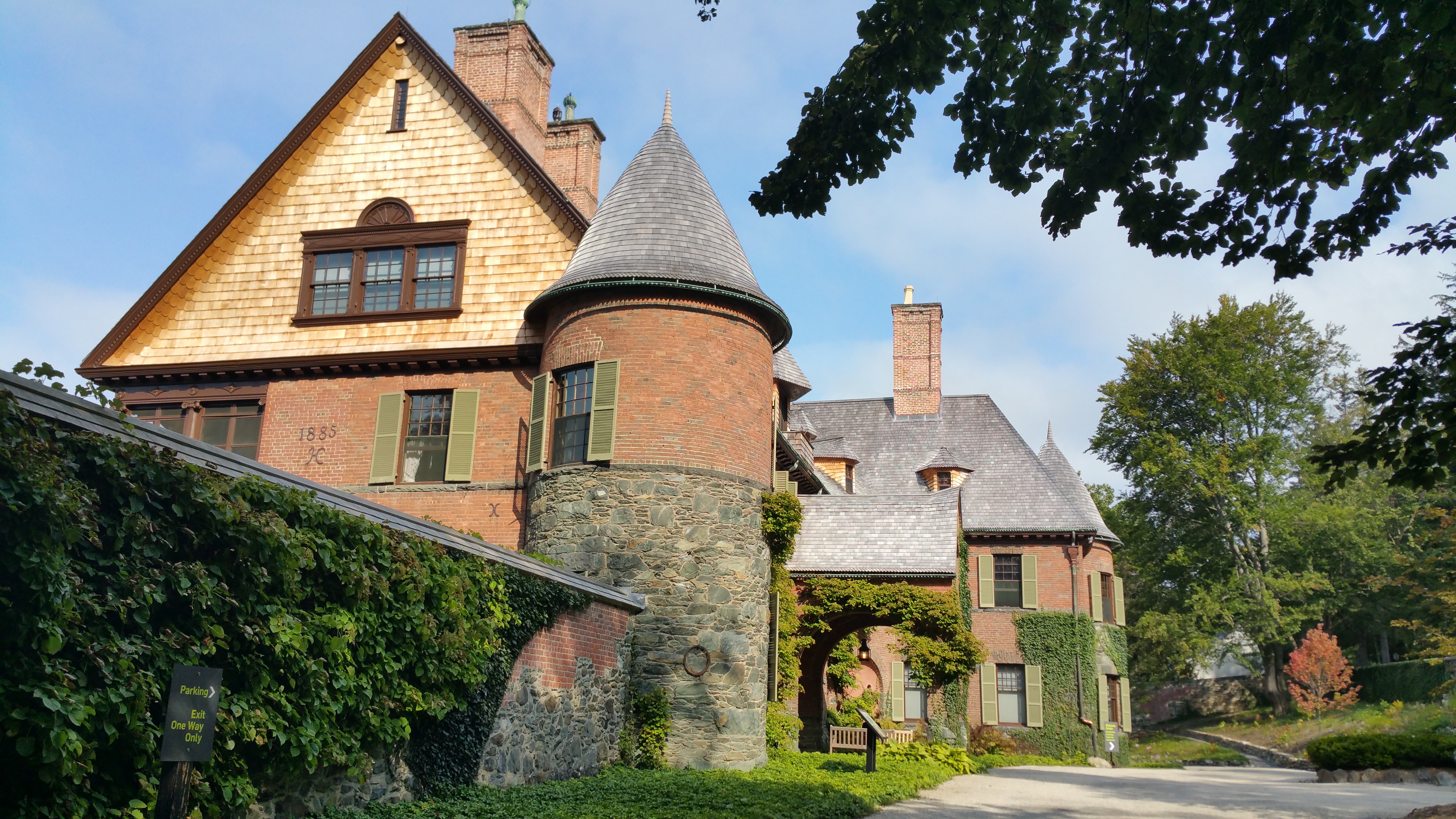
Naumkeag- Stockbridge, MA
I admit it, Gilded Age mansions make me giddy. I have yet to visit one I haven’t loved. I am awed by the prolific use of high end materials, and details that could never be duplicated or afforded today. Egregious wealth made possible by monopolies, used to create showcase homes, which were obscenely called cottages. Naumkeag, however, manages to distinguish itself from other properties of this era; in addition to being amazing architecturally, and including a world class garden, it still contains its original furnishings. Donated to The Trustees completely intact, it is a wonderful trip to the rarefied past.
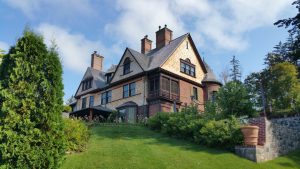
Designed by the renowned architect Stanford White in 1884, the 44 room mansion was a summer retreat for New York lawyer and diplomat Joseph Hodges Choate. Choate, a Harvard Law graduate, established himself as a high profile litigator before being appointed by President McKinley as the United States Ambassador to the United Kingdom. So, he had a bit of coin to throw around.
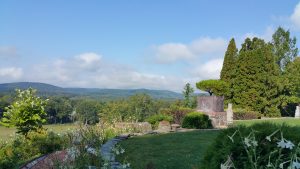
The land originally was owned by David Dudley Fields, a New York lawyer whom Choate had opposed in the Boss Tweed case. After picnicking on the property in 1884, Choate convinced Fields to part with 46 acres; he felt the hilltop property, with its sweeping mountain views, would be the prefect location for a country estate. He was indeed correct. Looking out over Monument mountain, one can’t imagine a more ideal setting for a retreat.
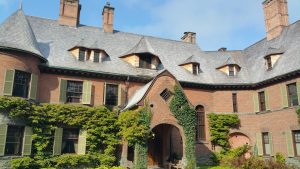
Although designs were drawn up by Stanford White immediately after the property was purchased, the sudden death of Choate’s eldest son delayed construction for over a year. The loss left both parents devastated, and put all plans on hold. Construction finally started in 1885, took just over a year, and cost $35,000. The Shingle Style house with French Norman influences featured a large porch in the back to showcase the views, prominent gables, brick and stone towers, and interiors finished with detailed woodwork. It was called Naumkeag after the Native American name for Choate’s hometown, Salem.
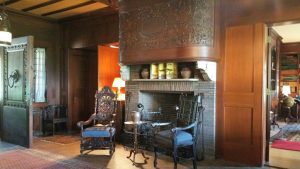
The home’s details are nothing short of magnificent. From the substantial door, to the intricate carvings above the baronial fireplace, it is apparent no expense was spared. As one would expect, all of the woodwork does create a dark, heavy environment, not entirely fitting with what one would consider a summer escape. It is however, unarguably beautiful.
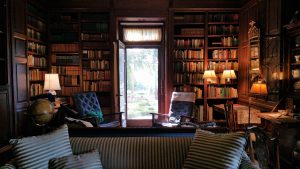
Perhaps one of the coziest spaces on the first floor is the library, with floor to ceiling California redwood paneling. Expanded in 1897, the overflowing built-in bookcases reflect the Choates’ love of reading. A large fireplace occupies one wall, as is required in every grand library. A side door opens to the stunning Afternoon Garden, and its spectacularly designed outdoor room.
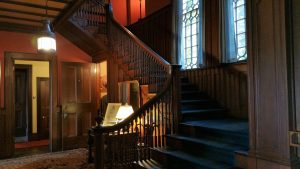
Just off the Jacobean entrance hall is a grand staircase, leading to the second floor bedrooms. Once again, ornate wood paneling adorns the walls; large windows with circular muntins add light to the otherwise dark space. In the adjacent stair hall, the wall is covered by a 16th century Flemish tapestry, which was altered to fit the space.
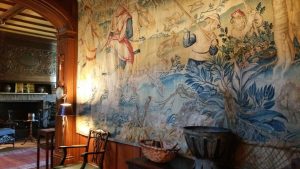
Upstairs are several elegantly decorated family bedrooms, each with a garden view, as well as two guest suites. The third floor contains staff bedrooms; although much more spartan than the family spaces, they do have garden views.
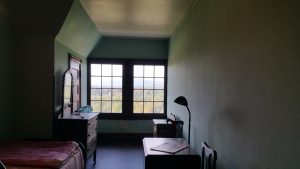
Unquestionably, Naumkeag is a magnificent structure. However, no Gilded Age mansion would be complete without equally elaborate landscaping. Choate first contacted Frederick Law Olmstead to design the cottage grounds, but disliked his design proposal, which included removing a favored oak tree. Instead, he hired a lesser known, self taught landscape architect, Nathan Barrett, whose designs included a formal flower garden, a natural meadow, and an orchard. Choate’s favorite oak remained untouched at the top of the hill, as it still does over one hundred years later.
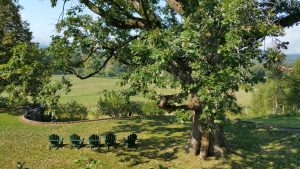
While certainly Choate’s gardens were impressive, the grounds today are known for the improvements made by Choate’s daughter, Mabel. Following her father’s death in 1917, Mabel took a more active role in managing Naumkeag. She engaged leading landscape architect Fletcher Steele to update the grounds, tasking him with creating a more daring design. The two would work together for over 30 years, a collaboration which resulted in one of the greatest collections of gardens in the country.
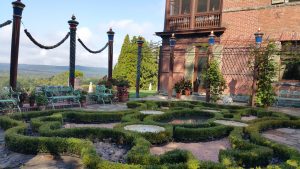
In 1928, Steele created perhaps his most ambitious outdoor space, the Afternoon Garden. Pilings dug from the Boston Harbor were carved and painted to resemble Venetian gondola poles; these poles were then placed around the garden perimeter to define the space. He strove to suggest an enclosed room, without obscuring the mountain views. The garden itself features low plantings and small fountains surrounding an oval of black glass. It is a stunning space that rivals anything found inside the mansion.
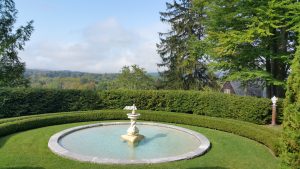
Steele undertook a wide variety of projects, ranging from a rose garden designed to be viewed from above, to a walled Chinese garden, including a temple and ginkgo trees.
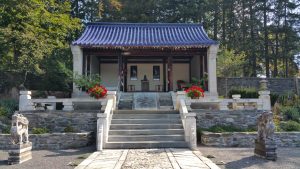
The Blue Steps, perhaps Naumkeag’s most distinctive landscape feature, were born out of necessity. After suffering several falls walking down the sloping lawn to her cutting garden, Mabel requested Steele design stairs to aid her decent. Completed in 1938, at the height of the Art Deco movement, the stairs became a focal point of the landscape. Flanked by paper-white birch trees, the concrete and metal stairs with recessed blue alcoves offered a stylish decent down the slope.
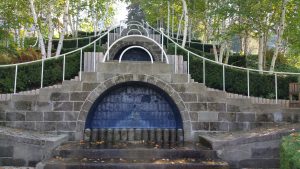
The stairs even included a trickling fountain, which was connected to the Afternoon Garden with a water runnel. Although each garden area was unique, they worked well together, and presented as a cohesive collection.
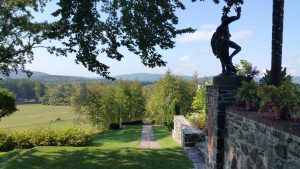
Mabel enjoyed the property throughout her lifetime, and upon her death, left the entire estate to the Trustees of Reservations, a preservation organization. It was a generous donation, including all of the artwork, furniture and personal possessions found in the mansion, right down to the Hoover vacuum in the closet. The house remains exactly as it was in 1958, untouched by time. It is a truly a window into another era. The home has been wonderfully maintained, and the garden recently restored, providing an excellent experience all around.
